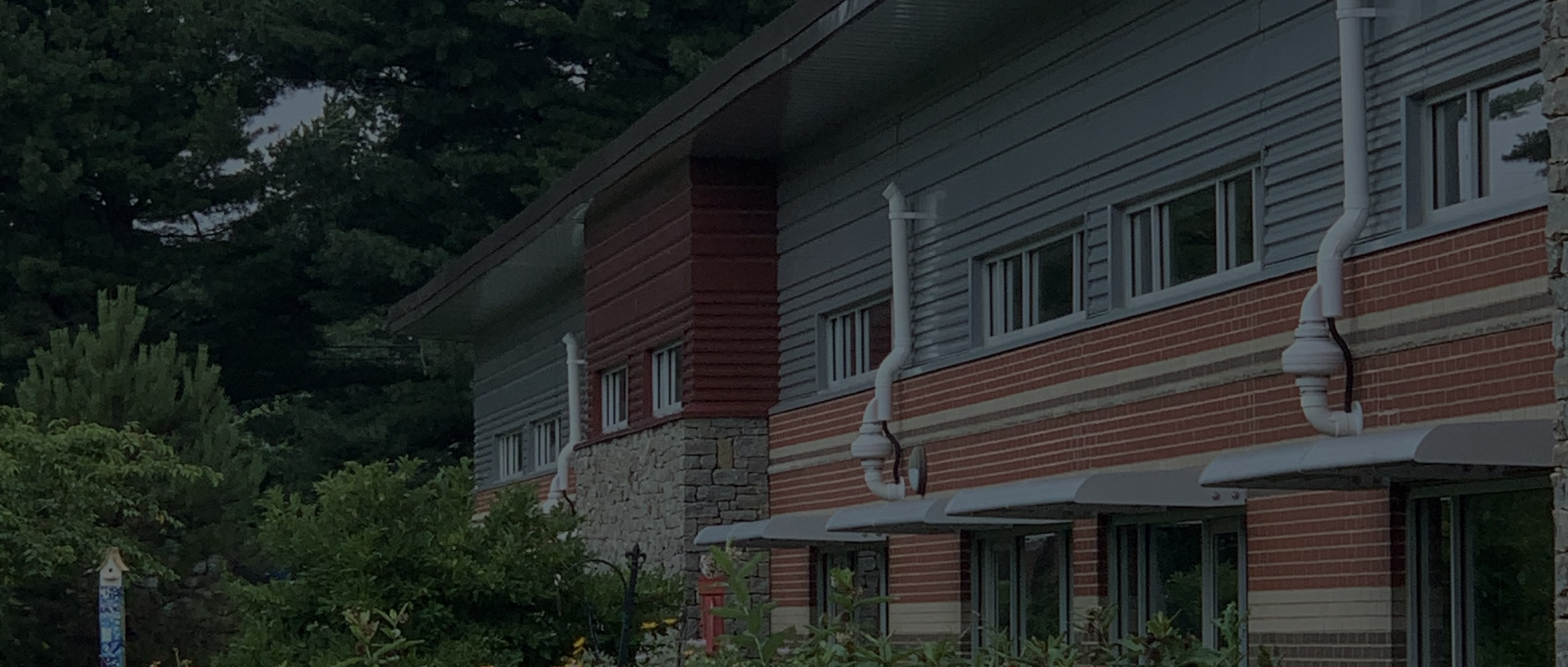
Over an extended period of time, eventually things may start to fail. even if someone else installed your system, we are able to perform the necessary maintenance to fix it. On our installations, we’re able to guarantee a 5 year craftsmanship warranty, and a 5 year system warranty along with the 5 year fan warranty.
Do Radon Mitigation Systems Require Maintenance?
Our Maintenance & Repair Services

What You Need To Know
Oftentimes, homeowners living within areas containing radon will ask what the maintenance requirements are for their radon mitigation system. Fortunately, a properly installed radon mitigation system only requires occasional maintenance and can easily become a part of your home maintenance schedule by checking your system’s warning device regularly, ensuring that your fan is properly running, and testing your home regularly to make sure radon levels are low.
Similar to a furnace, chimney or other continuously used items in your home, radon mitigation systems are self-sufficient on their own accord for the most part, but do need the occasional check-in and tune-up. The average radon mitigation system utilizes fans to prevent radon gas from rising into your home from the foundation below. The fan pulls radon from beneath your home and pumps it through a pipe that runs to the outside of your home. Radon mitigation fans are one of the most important aspects of your radon mitigation system because their power and continuous work are what discharge radon from entering your house.
Your radon warning device will alert you if radon fans are not properly functioning, so checking your warning device regularly helps you to ensure that your fans are working. It is a good idea to have your home re-tested for radon every two to three years, which will include checking your fans functionality. Other than that, minimal maintenance is required for your fans and the check-ups for your fans can be tied into checking your radon warning device.
The two most important maintenance strategies for your in-home radon mitigation systems involve the radon fan and your radon warning device; both rely upon the other and usually require only occasional check-ins to ensure proper functionality. Maintaining your radon mitigation system does not have to be a hassle. You can rest easy by following a few key pointers and tips from Alpha Radon to ensure your system is properly running to keep your home free of radon and your family safe.
